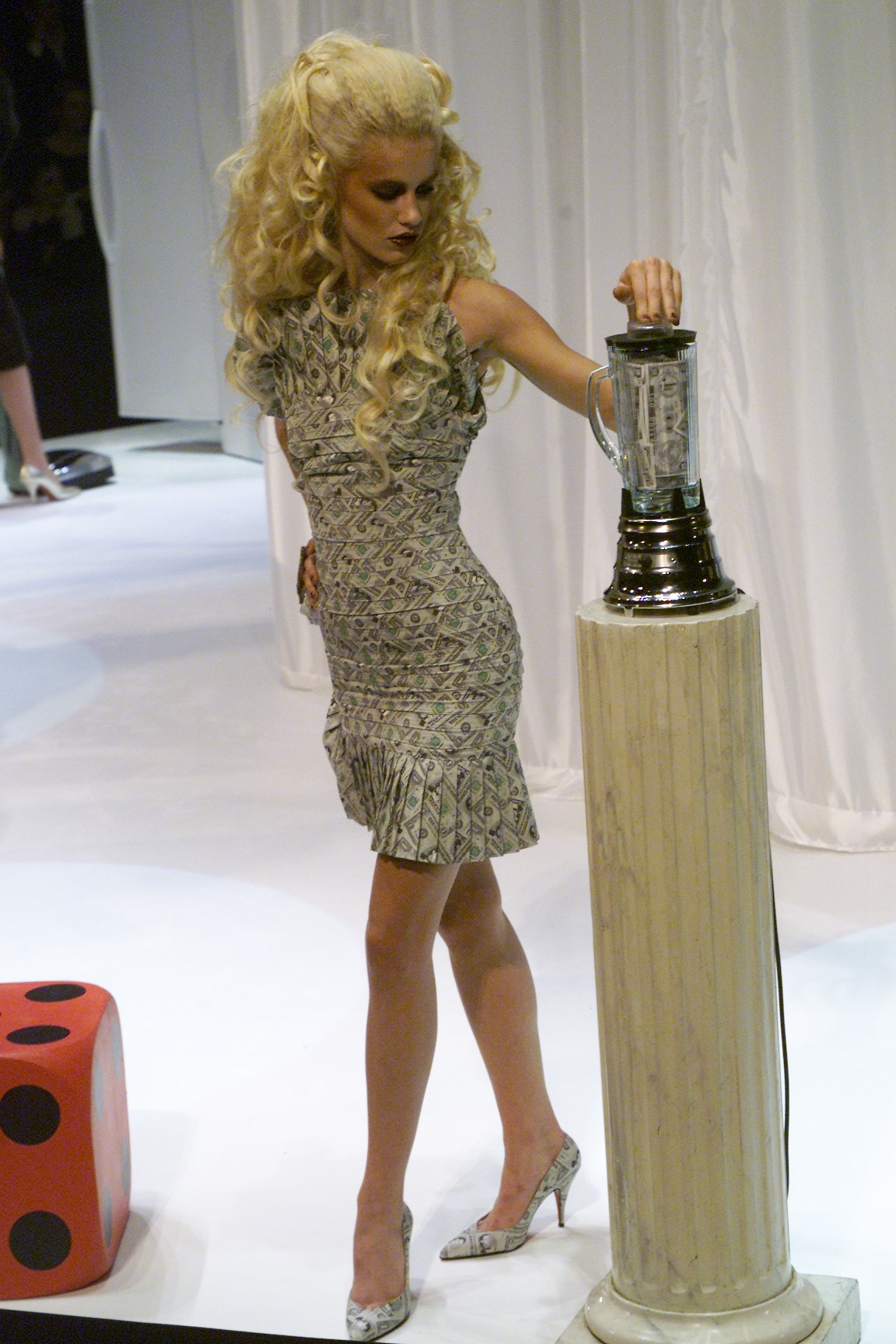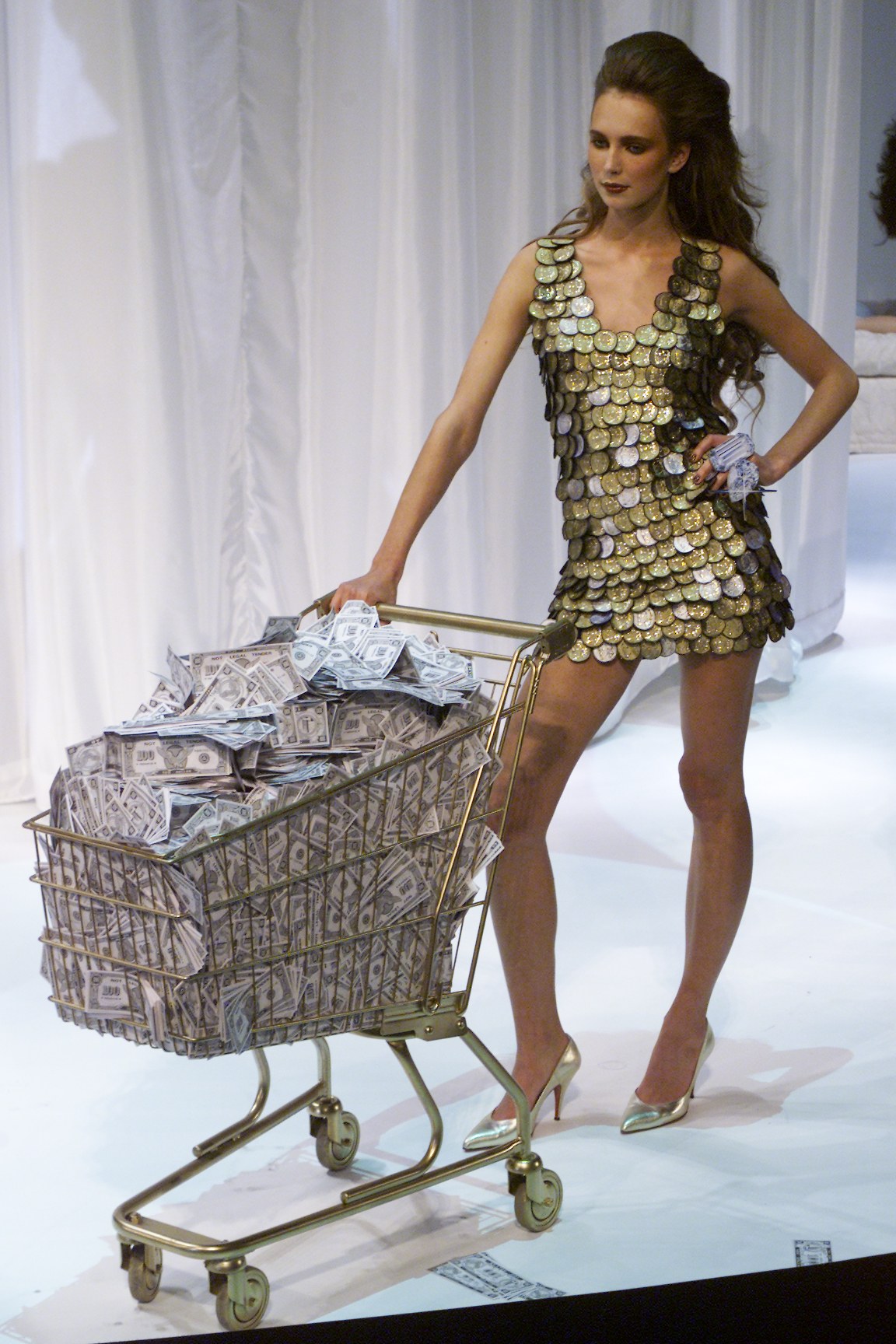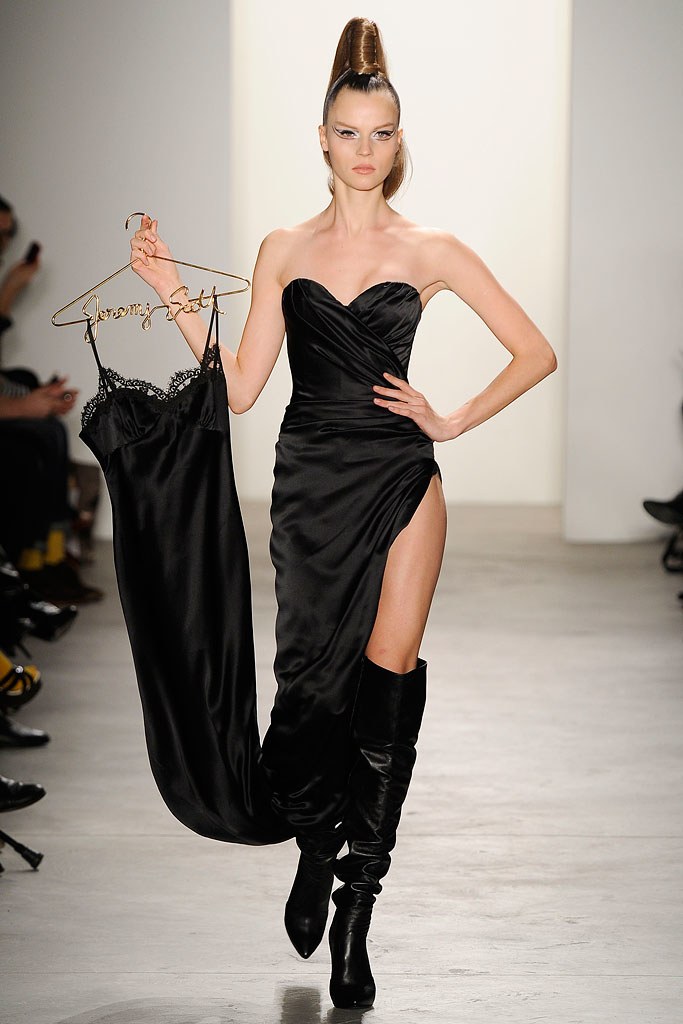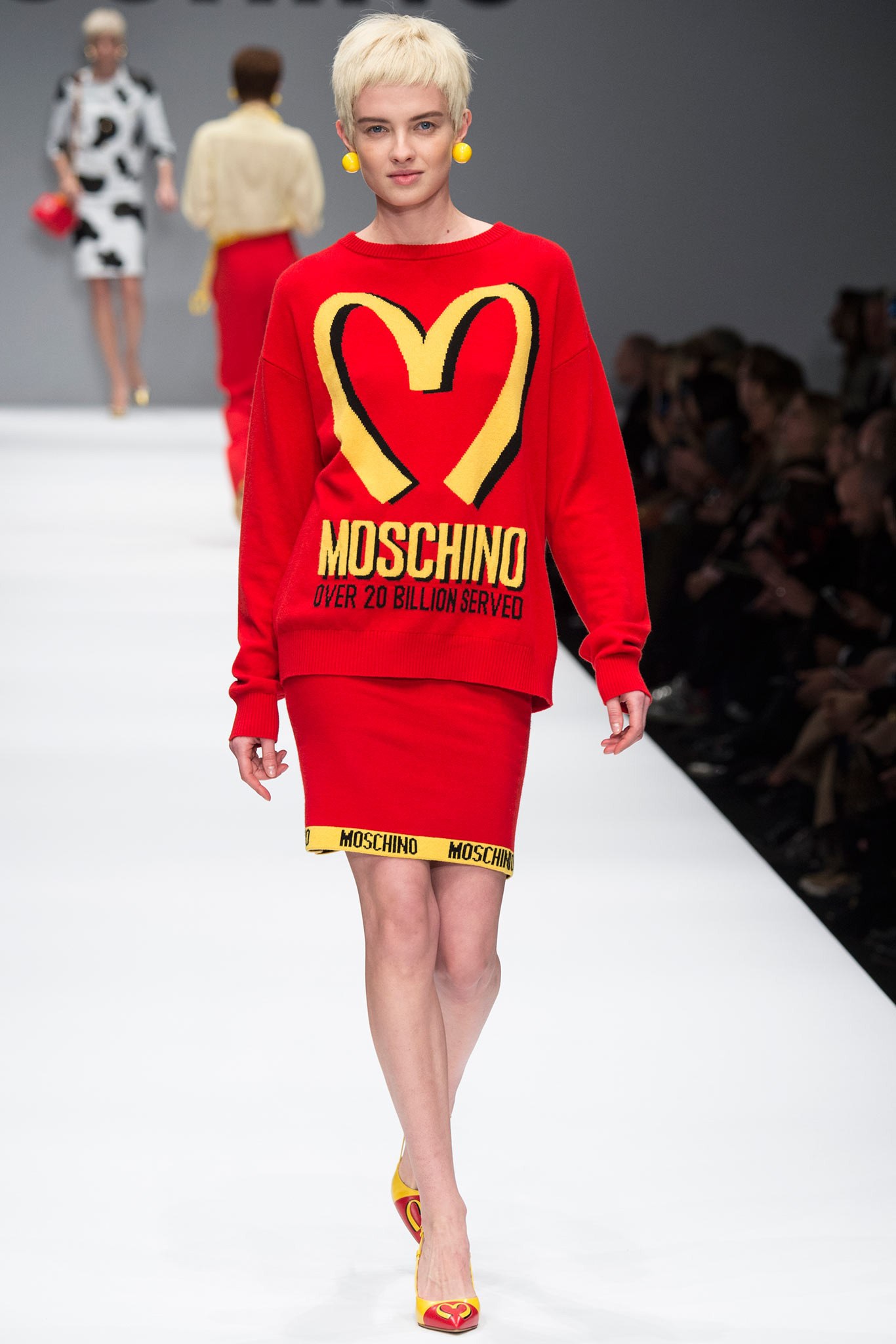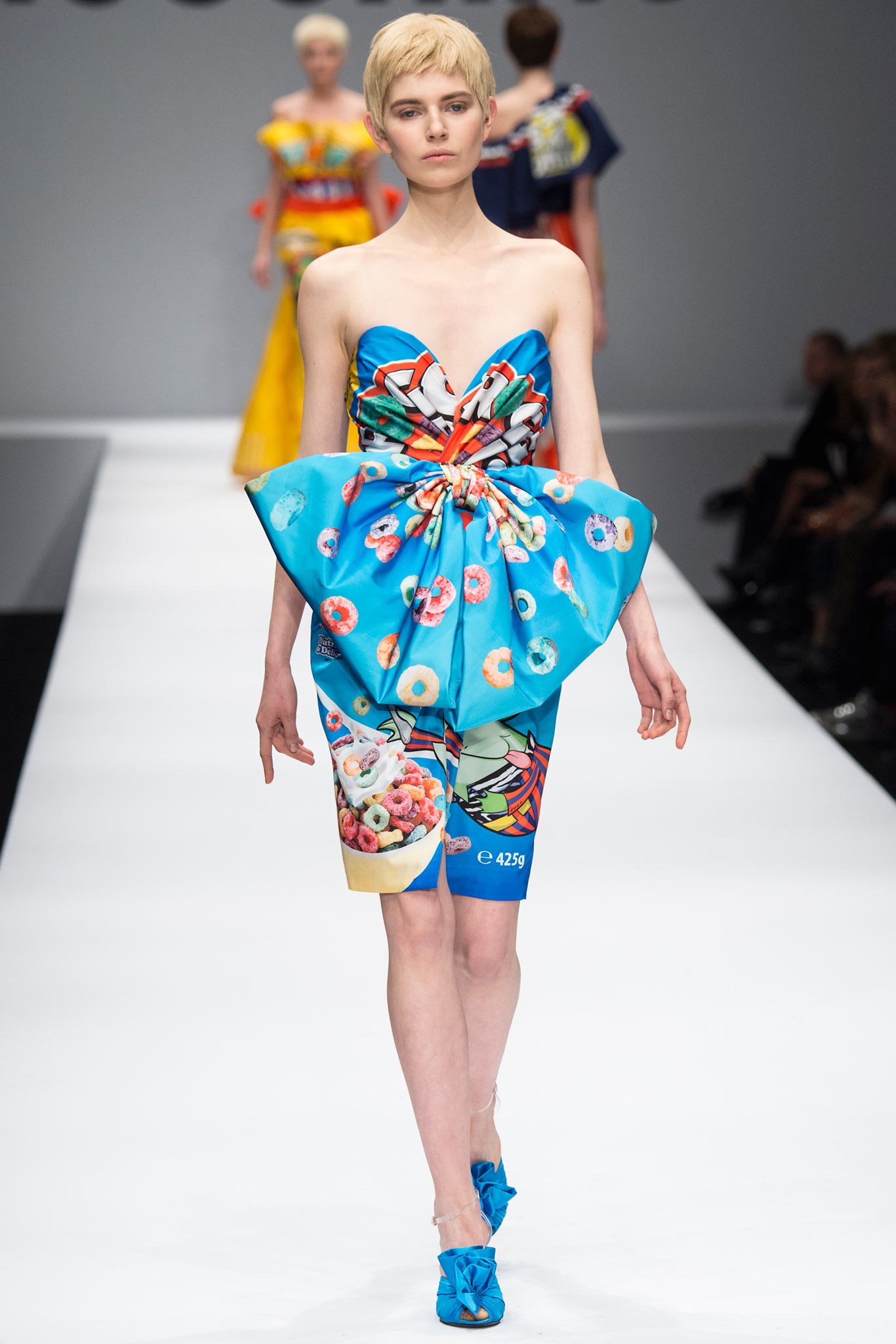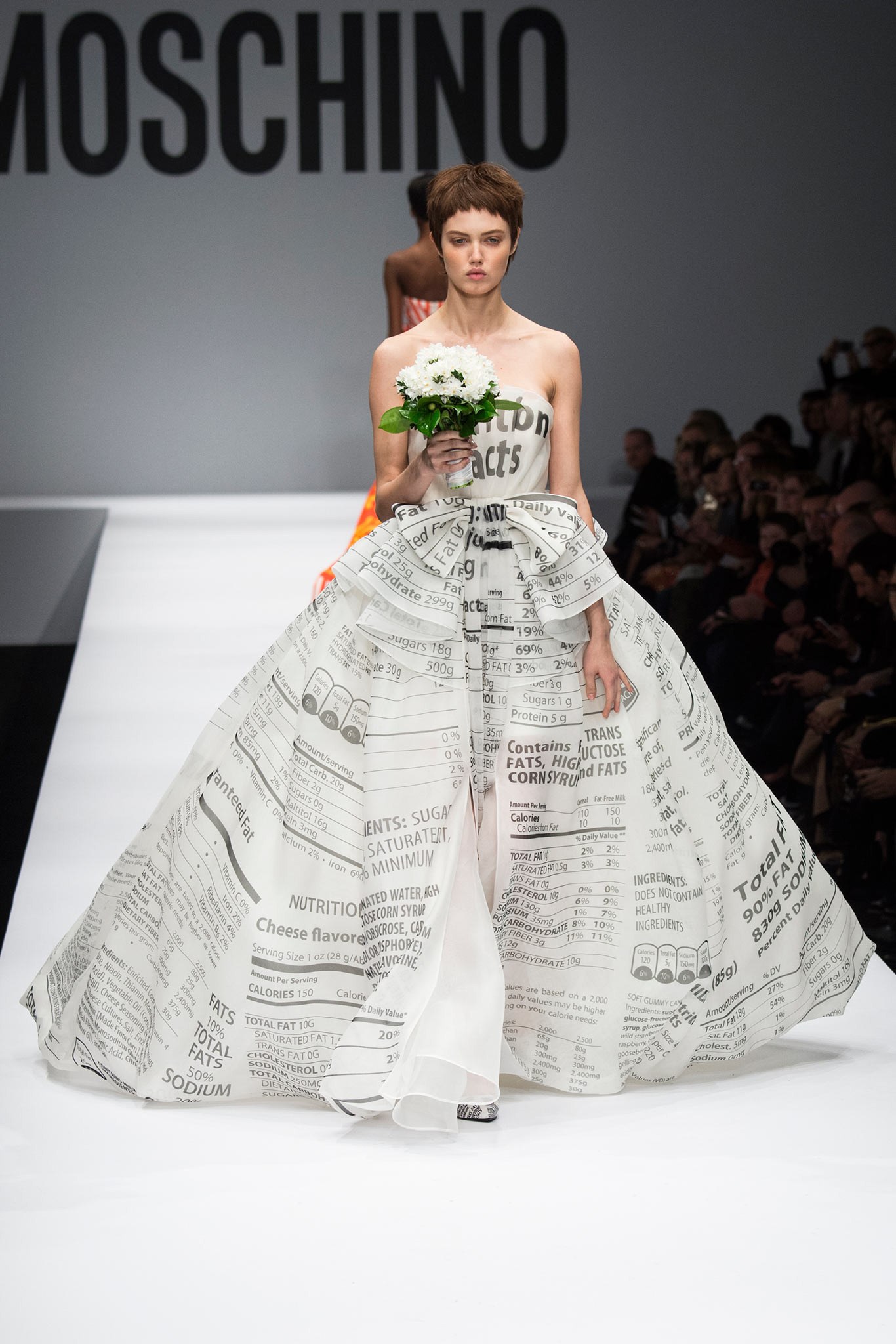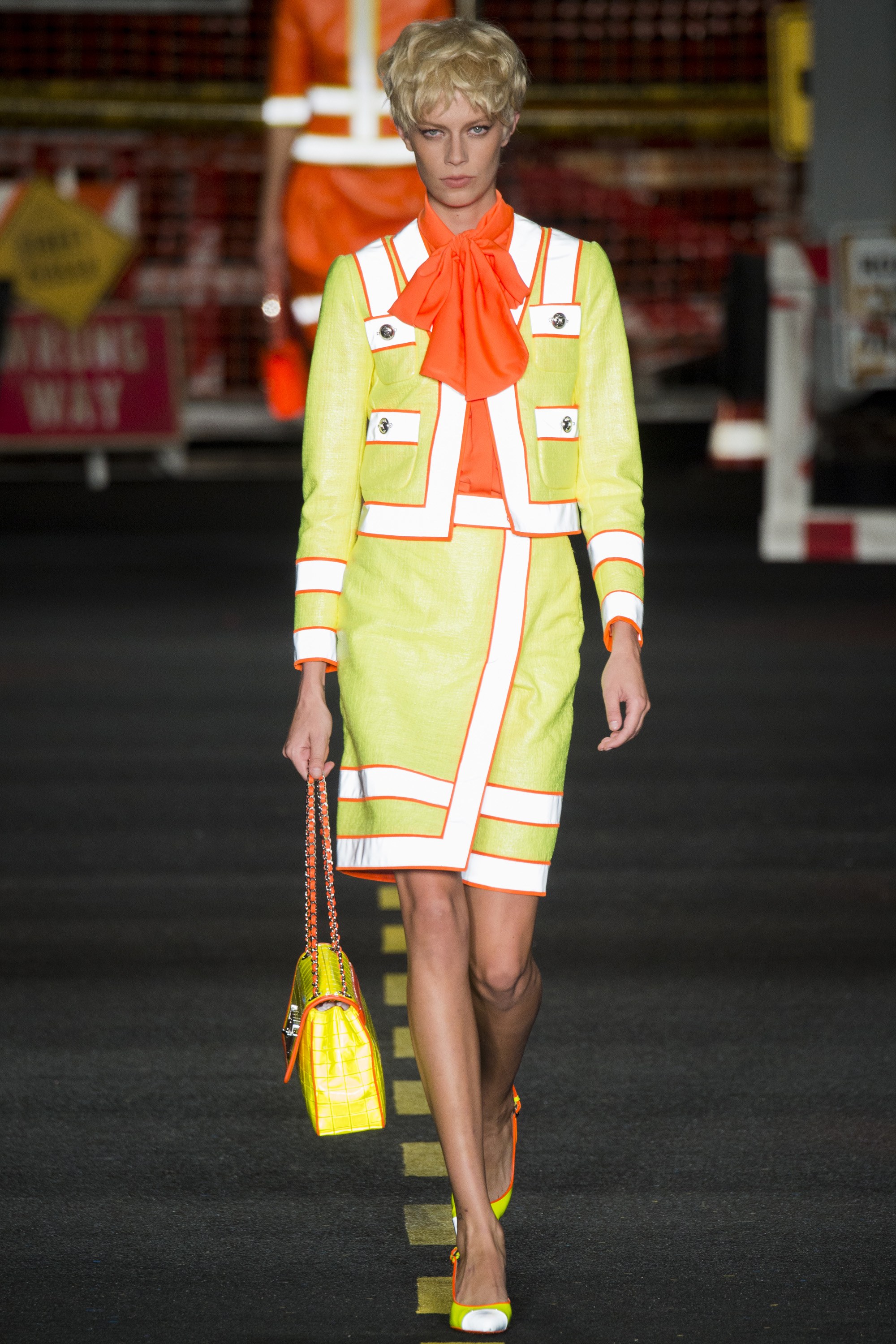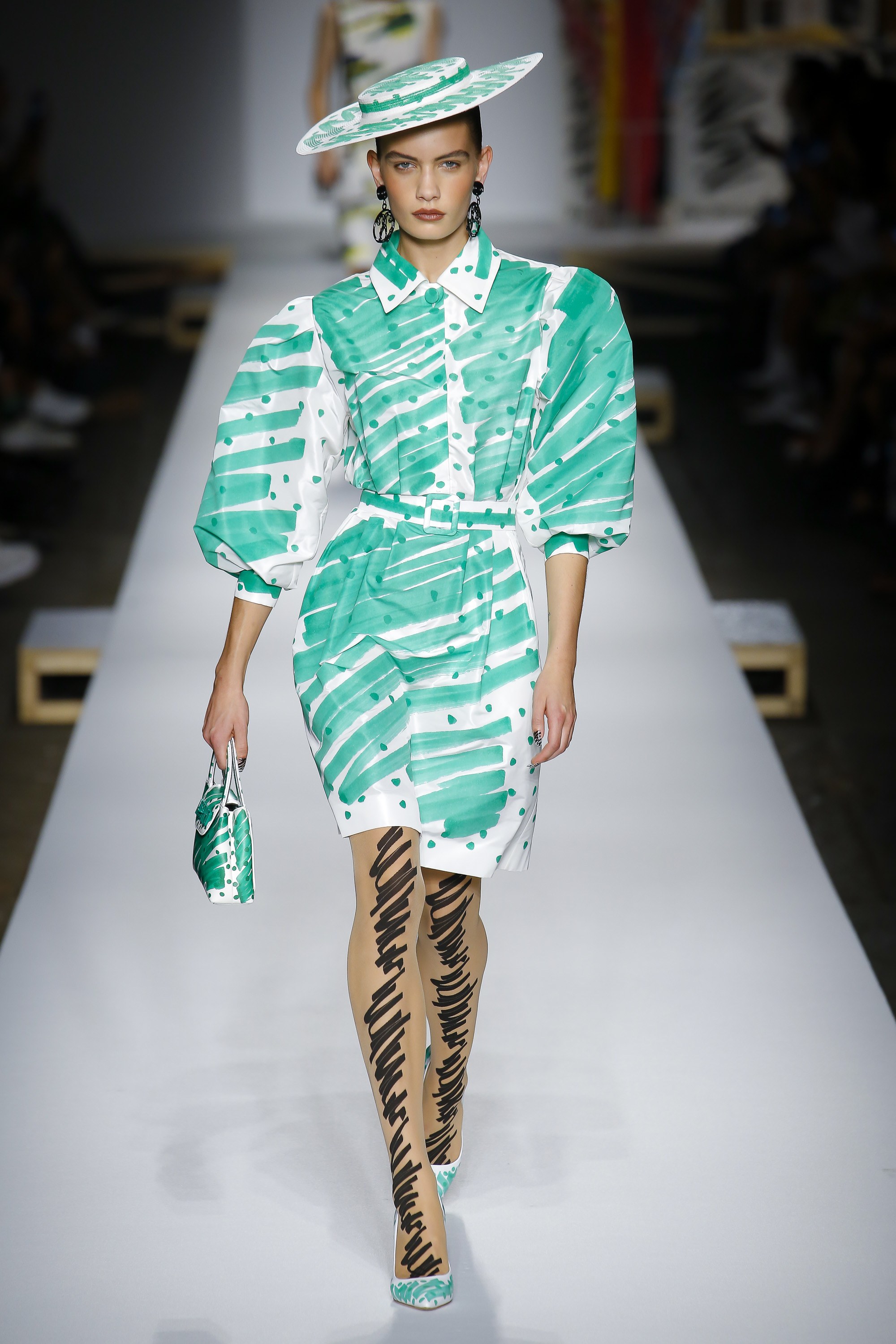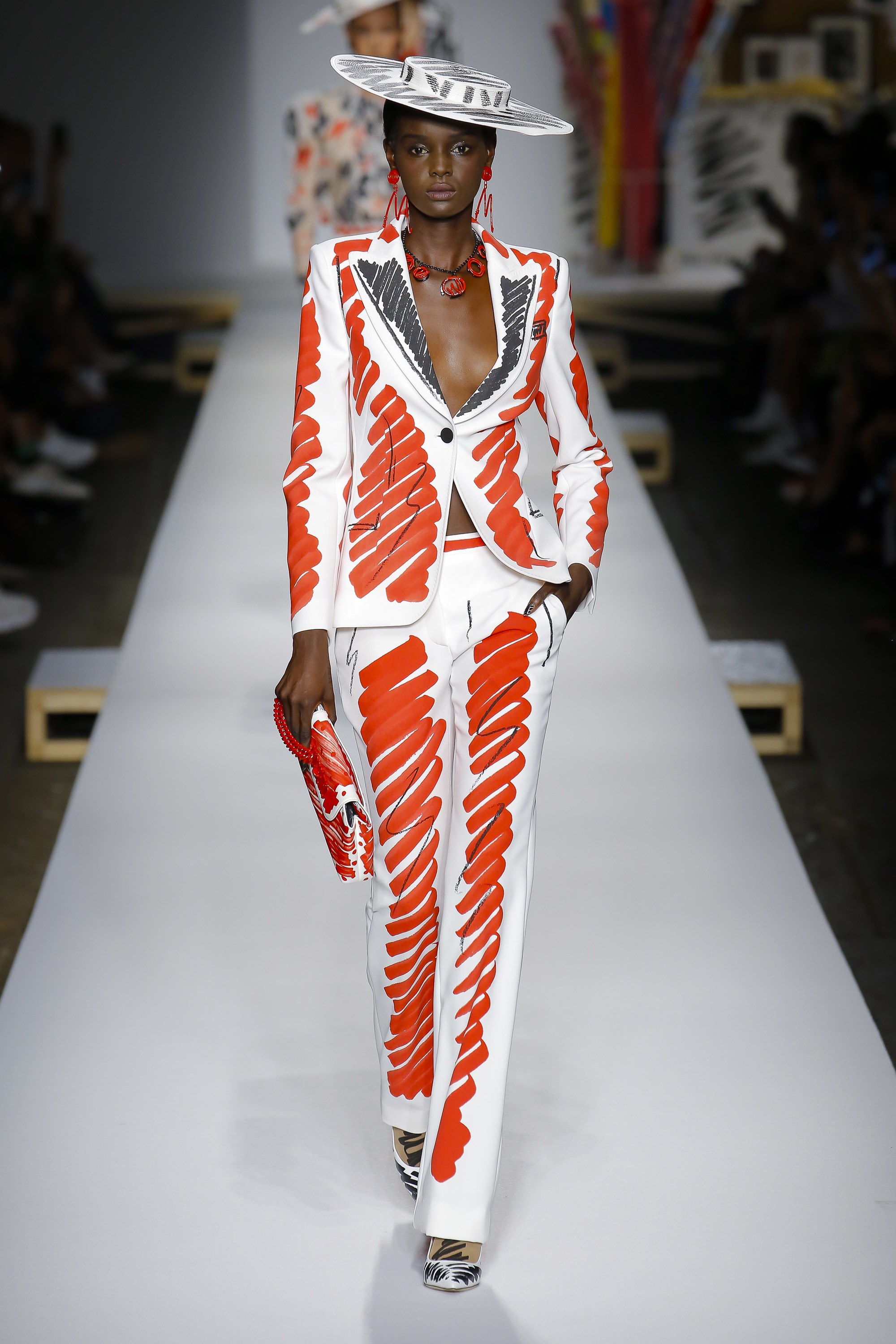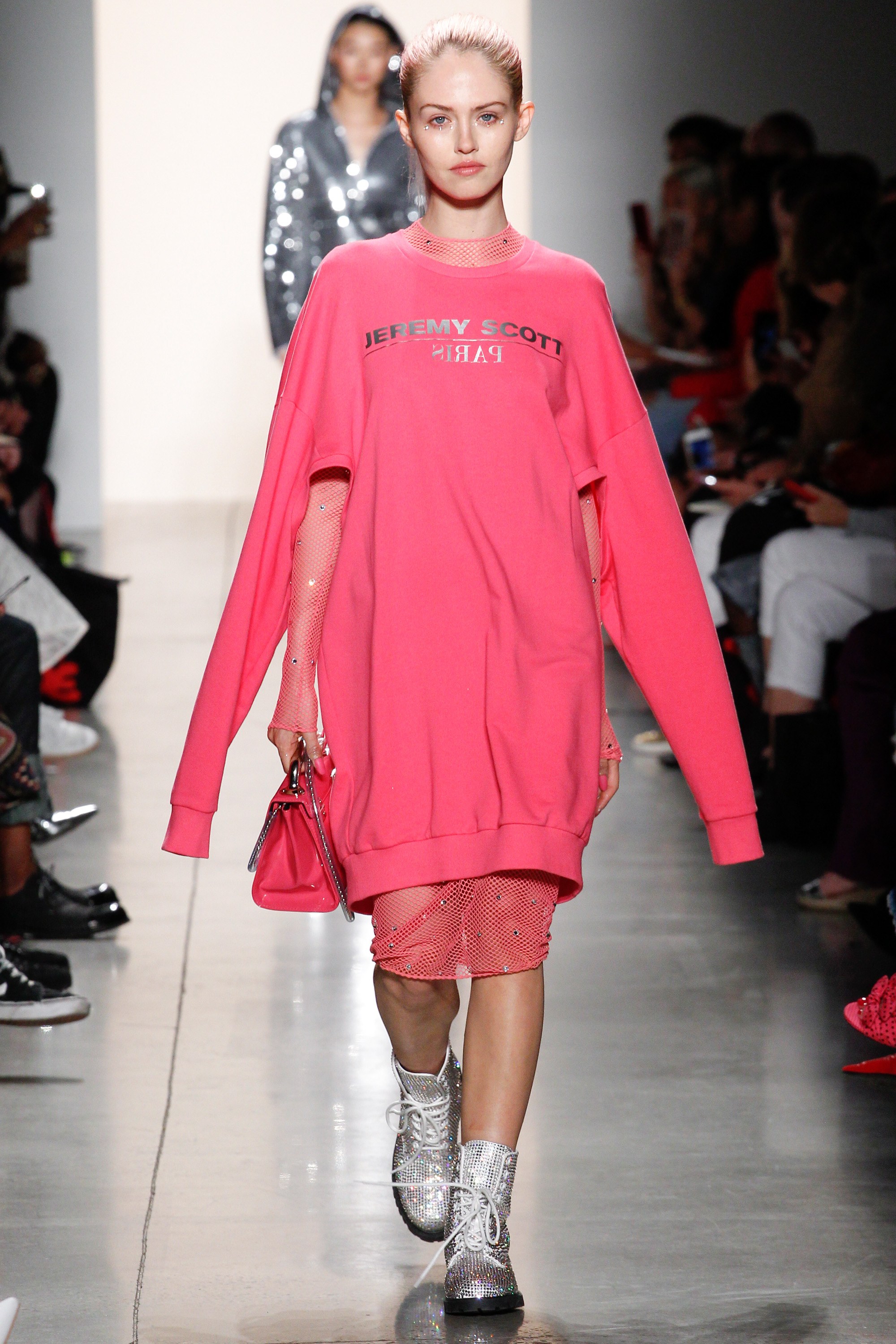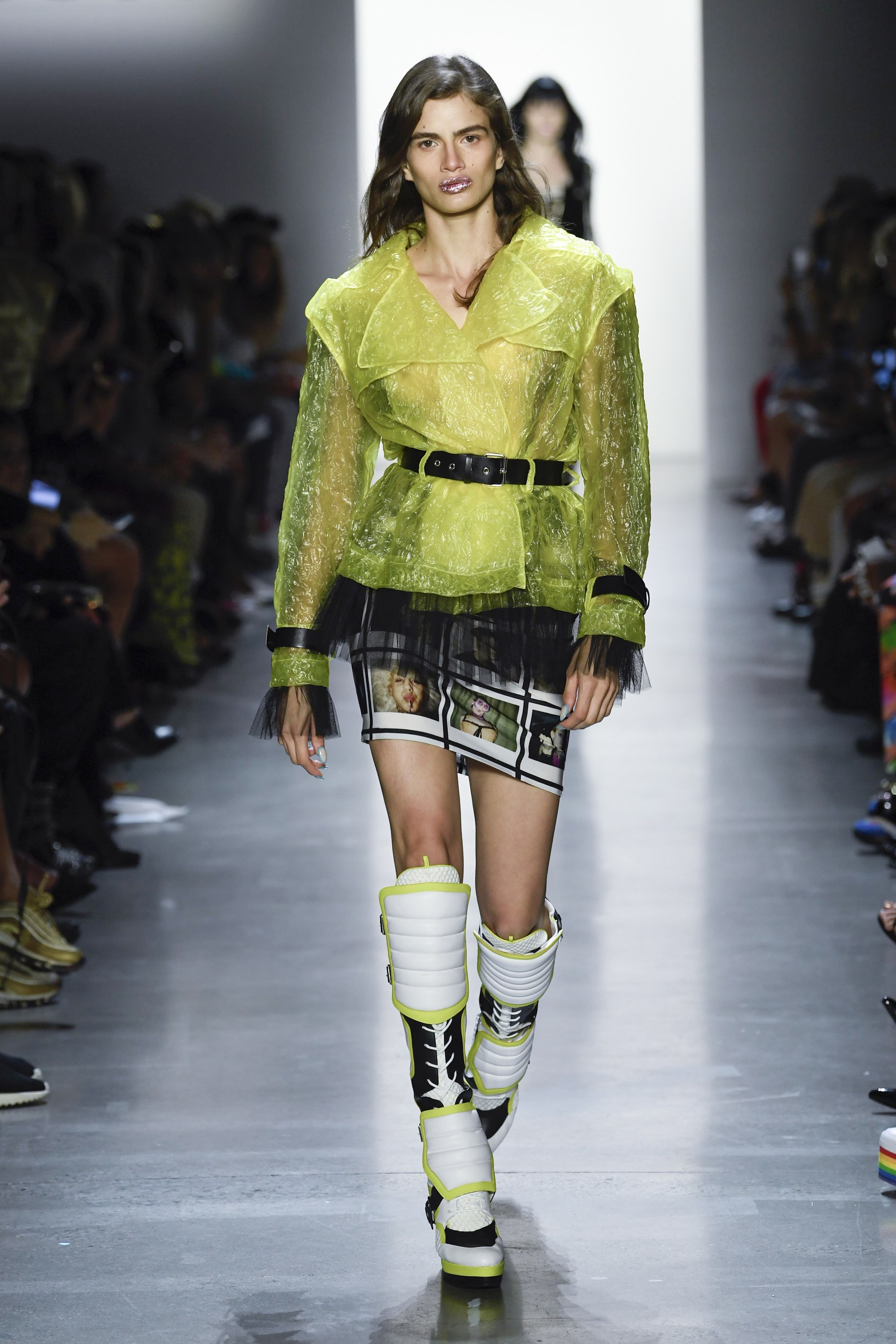Fashion Industry Broadcast and Style Planet TV is proud to present its new 11-part, hour long Film docuseries “Renegades”. As a teaser before the 11 films are released, we are revealing a post on THE BROADCAST each week for the next 11 weeks. This week the story is on Hedi Slimane.
Our Renegades refused to follow the laws of the ‘fashion rulebook’. The dreamers, the rebels, the auteurs, without whom popular culture would never have been quite as interesting. Even if you hold only the most casual interest in the world of fashion, it’s hard to deny the fascinating life stories of every one of our Renegades.
Featuring the lives and legends of:
- Alexander McQueen
- Yohji Yamamoto
- Rei Kawakubo
- Issey Miyake
- Kenzo Takada
- Malcolm McClaren
- Vivienne Westwood
- Jeremy Scott
- Rick Owens
- Hedi Slimane
- John Galliano
We present to you: JEREMY SCOTT

Over the last twenty years, American designer Jeremy Scott shocked and awed fashion critics and lovers alike with his bright colours, comical prints and frequent shows of outrageous designs. Constantly pushing the boundaries in fashion, Scott’s mark on the fashion landscape led to a breakdown in consumer barriers by blurring the lines between high and low culture.
He endured a rough childhood, so he grew up strong. Many of his job applications were rejected, so he became his own boss. He has listened to criticisms of his works but continues to create fashion people can enjoy. Withstanding tireless adversity, the designer has never let anything stand in the way of his passion and creativity.
An audience of drag queens, club scene members and fashion cognoscenti gather at Scott’s fashion shows. These eccentrics form the core of Scott’s plight to break free of the bindings the fashion industry tries to wrap around him. He is a true renegade: someone with unconventional ideas and methods, resisting the norm through all means.
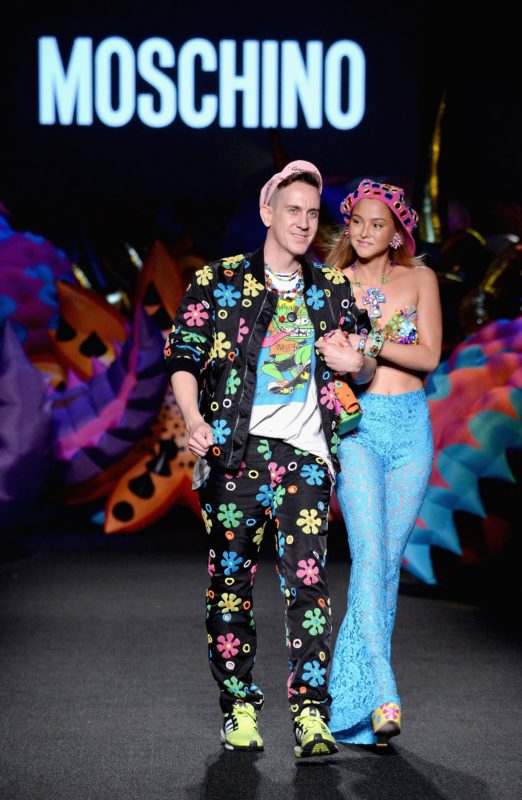 Scott’s aversions began in his early childhood. Born in 1974, Scott was a born eccentric. Growing up on a farm on the boarder of Kansas, Missouri, his family could not afford traditional toys, and instead Scott found new means of entertainment. U.F.O.s and spaceships were playfully imagined out of decrepit vehicles and old hubcaps. It was this uncanny ability to transform the ordinary into something new that would form the benchmark for his design work, as much as his love for drawing and watching cartoons would prove essential to his vision.
Scott’s aversions began in his early childhood. Born in 1974, Scott was a born eccentric. Growing up on a farm on the boarder of Kansas, Missouri, his family could not afford traditional toys, and instead Scott found new means of entertainment. U.F.O.s and spaceships were playfully imagined out of decrepit vehicles and old hubcaps. It was this uncanny ability to transform the ordinary into something new that would form the benchmark for his design work, as much as his love for drawing and watching cartoons would prove essential to his vision.
This creativity stood him apart from his peers at the local high school. He didn’t follow trends, and wore clothes others considered odd. There was not a day in high school where he wasn’t physically or verbally bullied for his appearance. However, this strengthened him in more ways than one; the thick skin he developed would help him later rally against the fashion establishment; whilst his dedication to his interests and values became ever more fervent as he established his sense of identity.
Scott had a wide, gristly Mohawk and no eyebrows, preferring his khaki skirt with long cargo pockets over popular clothing. While he may look every bit the prankster and the teenage punk, Scott had strong ambitions from an early age. His rebellious behaviour never extended into something potentially dangerous or disrupting. He avoided partying and illicit habits because he knew they would serve as distractions to his focus and self-education to the craft of design.
Fashion experiments began with adapting clothes he had bought from thrift stores. At the age of 14, Scott began evening classes in French, with the foresight and desire to move to Paris, the fashion capital of the world. France was where his passion lie and he wanted to be surrounded by the glitz and glamour of the fashion zeitgeist.
Life wasn’t a breeze for Scott. Upon graduation, F.I.T denied his application. After which, the young designer persisted through periods of homelessness. But an ever-determined Scott would delve through the rubbish, seeking scraps of fabric he could transform.
Scott moved to New York in 1992 to study fashion design at the Pratt Institute, one of the top-ranking schools for art and design in the United States of America. It was a meticulous education in sketching, pattern making and tailoring. Brutal in its discipline, unsatisfactory outfits would be torn in front of the student, who would then be requested to start again.
“You only want it to happen once,” Scott warned.
Most of his spare time was devoted to perfecting his own wardrobe of designs. With a desire to get a foot in the industry, he applied for many unpaid jobs before finally scoring an internship at the luxury Italian Fashion House of Moschino. In 1996, Scott spent his final year of study serving at the New York Press Office for Moschino, under the then head of PR, Michelle Stein.
With Paris still at the forefront of his mind, Scott set off on the next stage of his fashion journey.
Graduating from the Pratt Institute, the twenty-one-year old Scott flew out to Paris to launch his design career hoping to find work with one of the big brand houses. He soon began promoting events at the Folies Pigalle nightclub, forming a part of the club culture and becoming a popular figure amongst the Paris subset.
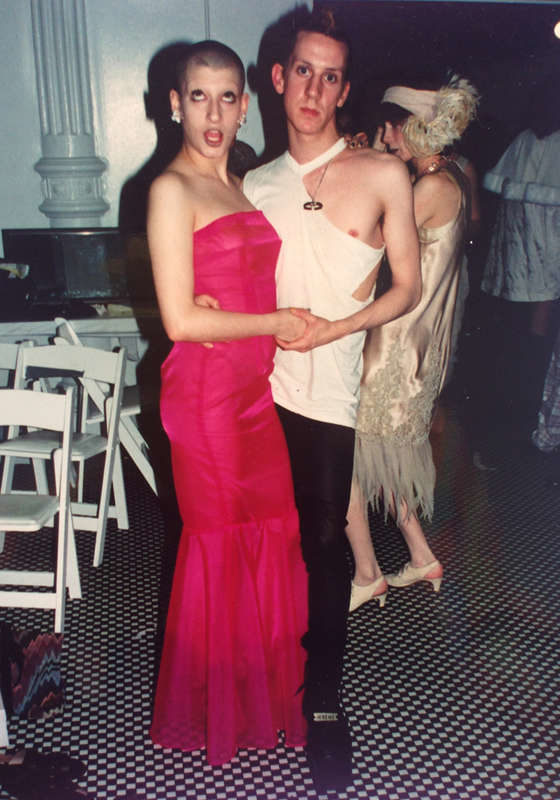
The clubbing scene has always known his face. He regularly attended events throughout his schooling days, until he met Jenny Dembrow, also known as Jenny Talia. She became his friend and muse — the complete encapsulation of alternative culture and everything he wanted to express through his designs. He surrounded himself with people that sparked his interest and stirred his creativity. Dembrow supported his fashion endeavours, even wearing one of Scott’s collections to his graduate show. The outfit was a pink organza silk dress, which she wore alongside Scott in his metallic leggings, ripped t-shirt and platform Dr. Martens. He liked how “long and thin” they made him look — a huge contrast to the muscular form most men aspire to.
Scott never cared for any negative thought’s others might have of him. Without invitations, Scott would sneak into fashion shows with girls from magazines, finding his way up-close to his heroes, Jean Paul Gaultier and John Galliano. He was determined to be a part of the fashion world, whatever the cost.
Not one to give up on his dreams, Scott did try to find work at an established fashion label, but soon came to realise his aspiration lay within the framework of his own designs.
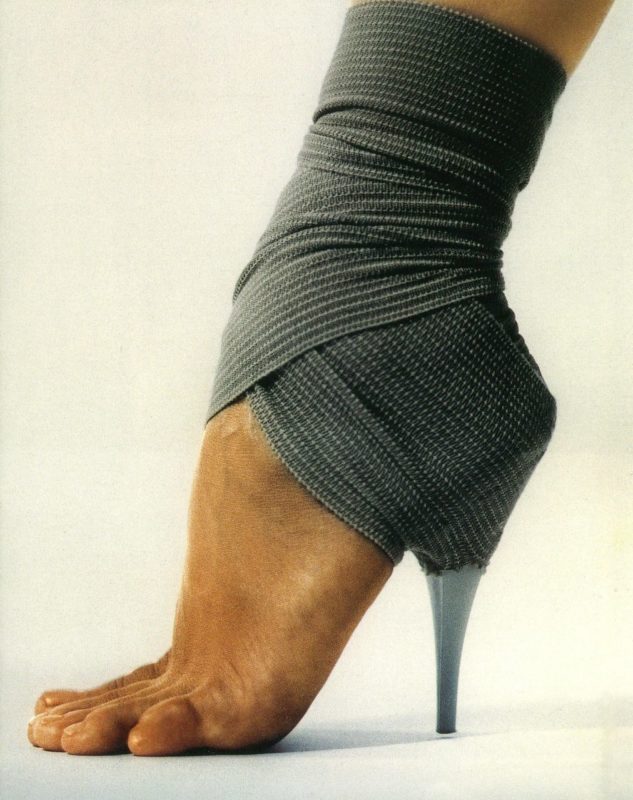
In 1997, Scott’s first collection in Paris shocked audiences through his representation of car accident victims. Held in a bar by Bastille, he juxtaposed horror and glamour, showing female victims in couture paper hospital gowns with the heels of shoes bandaged to their bare feet. This quirky and controversial collection, “Body Modification,” attracted many supporters in the industry.
Scott became prominent in the industry during the “anti-fashion” period that graced runways from the late nineties up to the early noughties. During this time, there was a high demand for designers to enter into licensing agreements, perfumes and accessories. Like Miguel Adrover, Pierrot and Adeli, Scott, too, went against these consumer conventions.
Eventually, each designer conformed to the expectations of the fashion industry, but Scott remained the final renegade. In an era where large corporations were taking ownership of brands such as Valentino, Scott maintained his independence. From there, Scott continued to build his brand through ground breaking collaborations with Adidas, Longchamp and Swatch, permeating his take on fashion into the mix of long-established brands. He has often expressed his dislike towards the homogenisation of fashion today and is more concerned about having consumers enjoy his designs, rather than purchasing his works en masse. This dislike of consumerism was mocked in Scott’s Autumn/Winter 2001-2002 collection, wherein his “American Express” collection showcased cocktail dresses designed as dollar bills.
After the success of his early show, Scott continued to create fashion as a reinterpretation of popular culture.
His second collection, “Rampage,” took Blade Runner, garbage bags, the apocalypse and threw it altogether to create radical concept art, such as a black sweater with four sleeves. That season, Scott’s quirky ideas and energy caught the attention of Parisian concept store, Colette, who opened an exhibition of the collection and has continued to stock his work ever since. Scott was so in demand that several larger fashion houses headhunted him, intent on capturing the talent of the emerging designer. But Scott wanted to build his name. Staying true to his voice, he declined all offers and returned to the United Sates with a new outlook. With a renewed sense of possibility for his home country, he sought out to appeal to a younger demographic and break free from the seriousness of the fashion establishment.
Those in the industry questioned this bizarre move. Why had he relocated to LA when his success was rising in Paris?
A credit to his foresight and individual vision Scott led the evolution of LA’s fashion scene and the move put him one step closer to becoming the king of ‘pop fashion’. Scott situated himself close to Hollywood and its hub of celebrity culture and affluence; dressing a who’s-who of celebrity, from designing Britney Spears’ air hostess outfit in her “Toxic” music video, to costuming Lady Gaga in “Paparazzi.” His designs are held dear to some of the biggest names in music, including Katy Perry, Miley Cyrus, Rihanna and Bjork.

The American designer resides in a 1930s modern deco house in the Hollywood Hills. A lifestyle afforded by the cottage industry he established through the outfitting of musicians in Billboard charts.
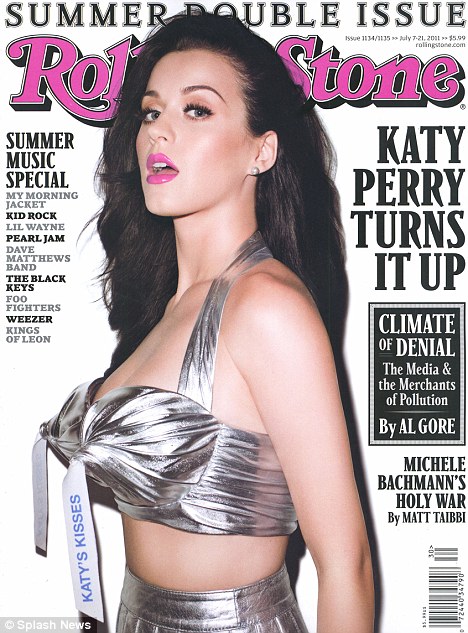
Katy Perry is one of his major muses, who showcased his custom bustier on a cover of the Rolling Stones magazine. Shaped like Hershey’s Kisses, the tassels on the outfit read “Katy’s Kisses”, paying a quirky homage to Madonna’s infamous Gaultier bra.
The pop culture moment had propelled the Jeremy Scott brand to cult proportions. With his status upheld by influencers like Katy Perry, having helped her to shape her public image. Perry has even expressed that she chooses to wear Jeremy Scott over big brands like YSL or Lanvin for that very reason. Obstinacy has taken Scott far. His fashion is loud and off centre –speaking directly to the brave fashionista ready to try something different. To wear Jeremy Scott, is to be prepared to break free from conventions.
Scott himself, was a trailblazer in his goal to defy the mainstream. His next collection saw him use an all-gold palette in his concoction of power suits, tube dresses and onesies. It was an ironic and otherworldly approach, but one which led critics to call his collection misogynist. Esteemed fashion editor André Leon Talley even stated that Scott should discontinue designing. Despite the harsh criticism, Scott’s tongue-in-cheek approach to fashion continued undeterred.
Show after show, Scott brought to the runway clothes inspired by road signs, junk food, Mickey Mouse, phones, cartoon television shows and more. He was moving away from French sensibility. American pop was evident in his designs, and increasingly unconventional themes would arise in his collections.
Scott likes to remind his audience that fashion should not take itself too seriously. Witty irony is infused in his Autumn/Winter 2010 collection. Dresses and bodysuits flash bejewelled crosses, while sensual sporty body-con designs and cone bras poke fun at popular fashion. Red carpet dresses are considered “boring” to Scott, who prefers to experiment with unconventional ideas and design techniques. The AW10 collection explored issues such brand worshiping, the debate regarding style vs. fashion, and the necessity of copied originals and people’s acceptance of the fake. The collection addressed the most prevalent issues surmounting the fashion industry throughout its history.
Scott’s talent for adapting pop art into contemporary fashion garnered the attention of seminal brands such as Adidas. His collaboration with Adidas kicked off in 2008, and Scott’s unique aesthetic connected to the hip hop culture and ‘sneaker heads’. One of his Adidas designs was adorned with tiger-striped tracksuits and stuffed teddy bears, a hip-hop interpretation of Where the Wild Things Are.
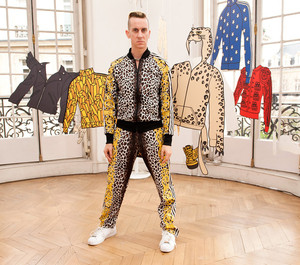
Many designers drift away from their brand design in collaborations. Scott, however, stays on point in all his collaborative projects. His winged Adidas shoes aligned with the designs he has created for Swatch. The commonality of themes across collaborations is crucial in the brand-building for Jeremy. Although the designer may be working with a separate brand, he still keeps the tone characteristically Jeremy Scott and avoids conforming to established style guides of other brands.
“Working with Adidas proves my point that everyone wants more-exciting things— they just need to be affordable,” Scott said. “I want my clothes to have a life and then end up in a second-hand store, where some cool girl discovers them twenty years later. If the runway or red carpet is the only life clothes have, it’s sad.”
In his desire to rebel against fashion conventions, Scott has had his share of controversies. As someone with a quirky and light-hearted style, it is easy for Scott’s designs to be misinterpreted.

The JS Roundhouse Mid sneaker for Adidas was first announced in January, 2012. Almost six months later, discussion arose across social media protesting that the ‘shackle’ sneakers allude to slavery. This caused Adidas to release a statement ex- pressing that, “Jeremy Scott’s outrageous and unique take on fashion has nothing to do with slavery.” In fact, the design was inspired by a 90s cartoon, My Pet Monster.
“Cartoons were a huge part of my life,” Scott expressed. Growing up in the country meant television reception was rare and poor, but with a cupboard full of cartoons on VHS tapes, Scott was able to find entertainment and indulge in his love of cartoons. This is where his love of pop art developed.
Whilst his favourites may be Halloween and monster movies, his fashion lines explicitly take inspiration from popular 90s cartoons of a more joyous nature such as My Little Pony and The Simpsons. Both feature in one of his runway shows, showing his unique twist on the conventions of the cartoons. At the same time, they allow him to steer clear of the seriousness of the fashion industry, and instead combine his childhood loves with his world of fashion design.

Taking direct inspiration from popular culture hasn’t always seen positive results. Scott came under fire following his Autumn/Winter 2013 collection, with Californian company Santa Cruz, claiming that there was a direct plagiarism of their skateboard designs. Originally created by Jim Phillips, the graphics feature bright, grotesque faces which are plastered across skateboard decks worldwide. Scott creates a fresh redesign of these in his AW2013 collection, which many saw as another expression of his love of monsters and cartoons. The issue resulted in a lawsuit where a settlement was reached to discontinue the production of that particular line. However, that did not stop Scott from continuing to reinterpret and adapt popular culture as a whole.
With his work often misunderstood and his provocative clothes somewhat marginalising, Scott’s success has been in recognising his market and using fashion as a tool of pastiche. To his advantage he has built up the Jeremy Scott label around a new consumer base seeking alternative fashion options.
Despite declining opportunities in the past, one offer already steeped in Scott’s own history was too good to pass up as it also afforded him the freedom to maintain his own line. In an inspiring “rags to riches” story, the former intern at Moschino went on to become the brand’s creative designer in 2013. Scott took the helm following the tenure of Rosella Jardini, whom was made creative director after the death of its original founder, Franco Moschino in 1994.
The job was offered by his former boss and Scott certainly did not hesitate to say yes. It was a no-brainer. Houses don’t often “find that one person” who can match with its DNA whilst still creating something new. What Scott had that other designers didn’t, was humour. It’s his signature approach, as it was incidentally for the brands’ founder, Franco Moschino.
With much anticipation, Scott opened his debut Moschino collection in Milan’s Autumn/Winter 2014 show. The audience was made to wait up to an hour, before the models stepped out in red jumpers emblazoned with the famous golden arch of the McDonald’s “M”. Except here the letter stood for Moschino — a declaration that although the collection was based off of McDonald’s meals, packaging and staff, the reappropriation was distinctly Scott.
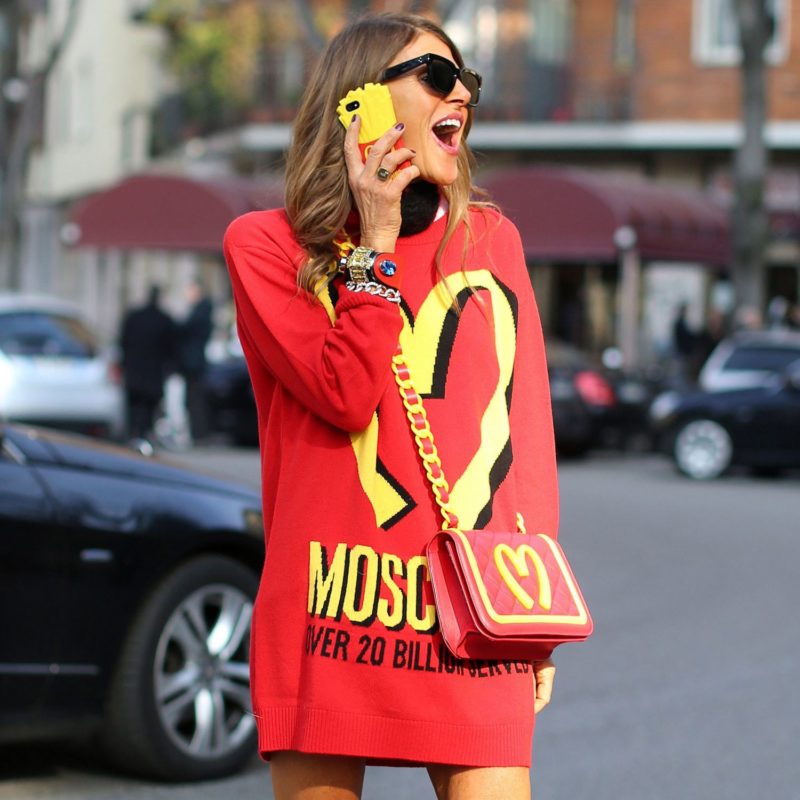
As always with Scott’s peculiar collections, some media publications slammed the apparent glamorisation of unhealthy food and the belittling of fast food staff. Whether or not the media approved of the designs, it can’t be denied that the ten-piece capsule collection was a hit among the masses. Directly after the show, the collection went on sale and was instantly sold out. Even Moschino’s phone case, which resembled fries, was a trending image across social media and fashion blogs. What Scott had done, was to utilise one of the most famous symbols in the world and capitalise on its ideology by presenting it in a new context. It’s a marketing masterstroke that just happens to be a subject authentic to Scott. It is much easier for us to associate American Scott hoeing into a big mac than it would be say for his French contemporaries. It is this believability and humour which strikes a chord with the public psyche, helping to reform the avant-garde into something consumable. Even to the point of asking the public if they would like [a] fries (phone case) with that!
Scott’s celebrity muses, Katy Perry, Beyoncé and Miley Cyrus, quickly showed support through wearing items from the collection. Scott was a reigning fashion renegade, and the success of the launch cemented his position as an influential figure in the industry.
The following collections saw Scott experiment with the iconic logos of Coca Cola and Barbie, whilst his SS16 collection at New York Fashion Week featured a reinterpretation of the Looney Tunes characters. For Spring Summer 2019, Moschino teamed up with H&M to present a playful dissemination of Scott’s “Moschino-ism’s” for a younger and price-point friendly market. The announcement was made by the designer alongside model and ambassador Gigi Hadid to a live Coachella audience and followers of H&M’s Instagram feed.
As “the people’s designer” this was an opportunity for Scott to democratise his design offerings by giving access to a wider audience, calling it “a collection for the fans”. As for the designs, Scott got his chance to re-appropriate Disney iconography alongside a mash up of the MTV, or the music television, logo with the Moschino branding; Moschino (TV) meets H&M. According to New Straits Times, Scott credits MTV as “the window” to his childhood world. There is a universality in this collection which again crosses cultural boundaries by playing artfully with symbols that are globally recognisable. In other words, it’s utterly relevant and capable of cross generational appeal.
Following the H&M x Moschino campaigns, Scott reached out to collaborate with the artist behind the commercial videos, Portis Wasp. Wasps “mashup of cute and kinky” as Scott calls it, was a perfect match to the King of pop culture’s tongue-and-cheek aesthetic. Indeed, the artists own site proclaims, “Wasp is a Scotsman who likes to steal things… Hearts mostly”. Like Scott himself, Wasp injects a number of pop references and dark humour into his artistic projects and there was one brief in particular Scott wanted him to flesh out:
“From the start of my tenure at Moschino I really wanted to focus on the swim and underwear designs, because I believe there should be more fun, printed and colourful options on the market,” he said. “I mean, if you can’t have a little fun under your pants then why even wear underpants?!”.
Together Wasp and Scott, have carried the Disney theme over from H&M, throwing it into a whole new context. The print campaign featured model Denek Kania against a playful and erotic backdrop of lovable Disney caricatures; and the result is an amplified offering of Moschino’s under garments that is both grown up and youthful in spirit.

It’s no wonder why Moschino has recently attracted a younger generation into its fold. He understands what the youth enjoy, and he has fun with that. That’s why he was the ideal appointment for Moschino.
A contemporary and heterogeneous communicator, Scott could re-interpret the personality and the spirit of the fashion house. Where Moschino dressed models in Mickey Mouse ears and gloves and Native American headdresses, Scott had fun with superhero themes, and devoted one collection entirely to the Flintstones — one of his favourite cartoons as a child. Teddy bears were a common motif for both designers. Moschino adorned one on a cocktail dress in 1988 while Scott, around fourteen years later, added a teddy bear to a sneaker for Adidas.
Unlike big fashion houses set on maintaining their image as a high fashion brand, Scott brings a light-hearted self-depreciation to his designs. Propagandising with visuals is his first talent. His second is construction — he creates humour and irony and entwines this with careful engineering. The seriousness of other houses doesn’t define his fashion.
That’s why celebrities feel that his clothes are one-of-a-kind. He possesses a pure voice that can’t be found in any other designer.
For Moschino’s Spring 2019 collection that voice was a lot more grown up and refined. The designs featured a scribble motif which was more of an introspection into Scott’s design process and the relentless turnover of the industry. The outcome still had the theatrics of a Scott show, but with the kind of restraint that gave way to power; with a feeling best represented by the extravagance and elegance of the 80s haute couturiers Scott admired so much.
Only Scott, can take a demanding schedule and turn it into inspiration. With Moschino main lines and collaborations to contend with, along with his own eponymous label, it is little wonder Scott can maintain the enthusiasm he is renowned for and yet with each season he hits his creative high notes.
The Jeremy Scott label is where he truly unleashes his creative and even political standing. For Fall17, Vogue’s own Maya Singer observed a “furious undercurrent” usually remiss in a typical Scott show. According to Singer “there was something genuinely radical in the way he flipped his fears about our new administration around, responding to the potential for a crackdown on liberties by claiming space for fun”. For Scott this was not a new message, his deconstruction of iconography, whilst playful, has always stemmed from an innate foresight that has led Scott to question the very nature of an idea, its ownership and its messenger. But Fall17 was one of the first times it has cropped up in outward aggression, with staff wearing Scott’s shirts featuring the phone numbers of the congressman he was “calling out”. The show itself however was more kill them with kindness, dialling up the vibrancy and fun of classic American stereotypes in what Singer says is Scott’s “ludic vernacular” for “what freedom looks like”.
By Spring 2018, we saw a more nostalgic Jeremy Scott on the brands 20th anniversary collection. Scott’s long-time muse Devon Aoki kicked off the party with a celebrative sparkling biker jacket followed by a wave of Scott’s signature deconstructed street wear, where urban clothes are tinselled with glitz and glamour. Scott makes reference to his non-conformity, continuing to inject camo print and military vibes into his grungier looks that are worn back and revived with colourful graphics. True to his stance, Scott even manages to insert a playful dig at his own industry, with a yellow swimsuit that cuts away to a skeletal form, a clever dig at fashions taboo issue on body health. In this collection Scott jars bright colours up against each other in equal measure to his array of fabrics from neon to Lycra, cut denim and python. Even his silhouettes featuring upside down jackets sewn into the body of the skirt (as if tied around the model’s waist) are a means of saying wear it anyway but the way it is intended. To this end Scott received a standing ovation in praise of his two decades of contribution; from breaking down cultural barriers, to democratising fashion
Scott is responsible for making fashion as accessible as his models are diverse; and according to Singer for “spearheading” the game-changing athleisure industry.
For Spring Summer 19 the introspection continued. The collection was a self-referential look at Scott’s formative years and the club culture of the 90s that influenced his work. Even personal polaroids of Scott were worked into prints, whilst Scott’s mastery of recycled materials took his grunge influence and presented them in a clean Utopian light with his signature sparkling embellishments. 3D embroidered slogans read “RIOT, HYPER, SEX and PEACE”. Rather than drawing in on a familiar brand, this collection was more about the feeling of a generation, in particular but not necessarily to Scott’s. These words of rebellion are as relevant back then as they are at the end of 2018, which is why Scott’s message in and out of his shows remains provocative and poignant at the same time.
A pioneer in popular culture, Scott creates fashion that reflects himself which is fun, carefree and bright, and his audience love him for it. Rather than being concerned with what fashion should be doing, he takes his own playful and instinctual approach to his work.
Despite his popularity, Scott is still very much an outsider in the fashion industry.
Nonetheless, Scott remains grounded and true to his values, championing people over commodities. He wants to touch the lives of other people and inspire them to break through walls so like him, they may fulfil their potential. Sometimes his work is misinterpreted and the subject of controversy, but for Scott and his tribe they know that the core aim, is to simply bring joy to people’s lives.
For Scott, being passive was never an option. To hide his unique expression and follow fashion conventions would go against the grain of who he is. Being a renegade may have made him an outsider, but for Scott that is where he has made his true home.
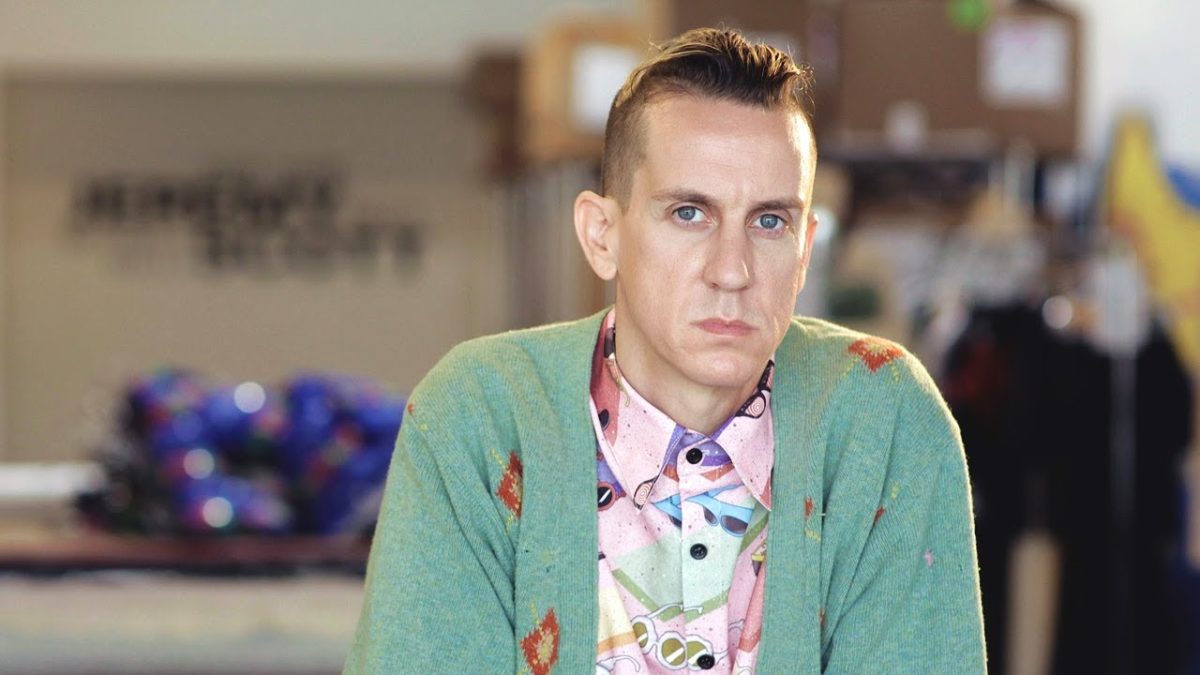
That brings us to the end of our Renegades series. Keep your eye out for FIB and Style Planet TV’s docuseries, Renegades.
Written by: Charlie O’Brien
Edited by: Jess Bregenhoj

